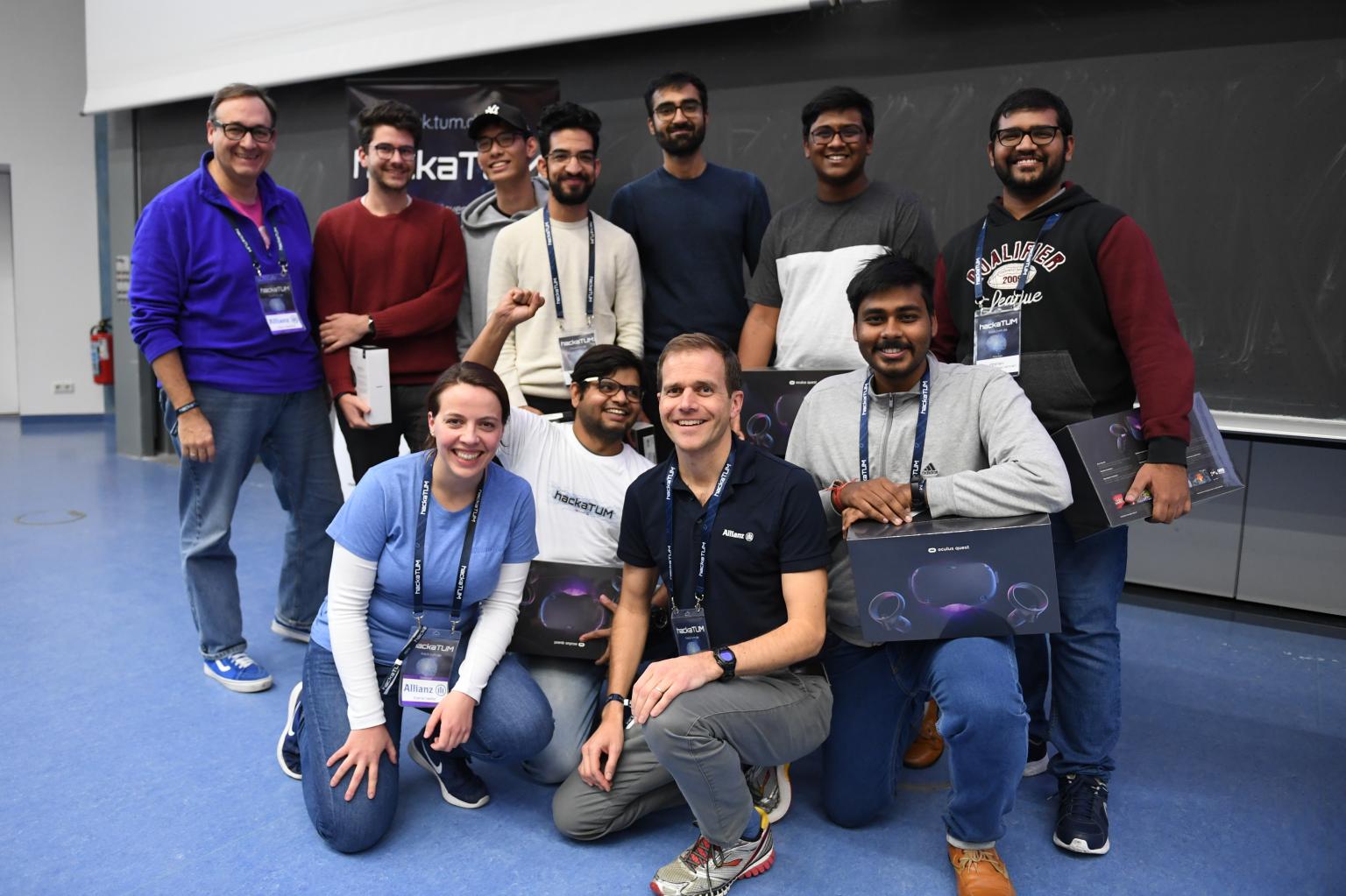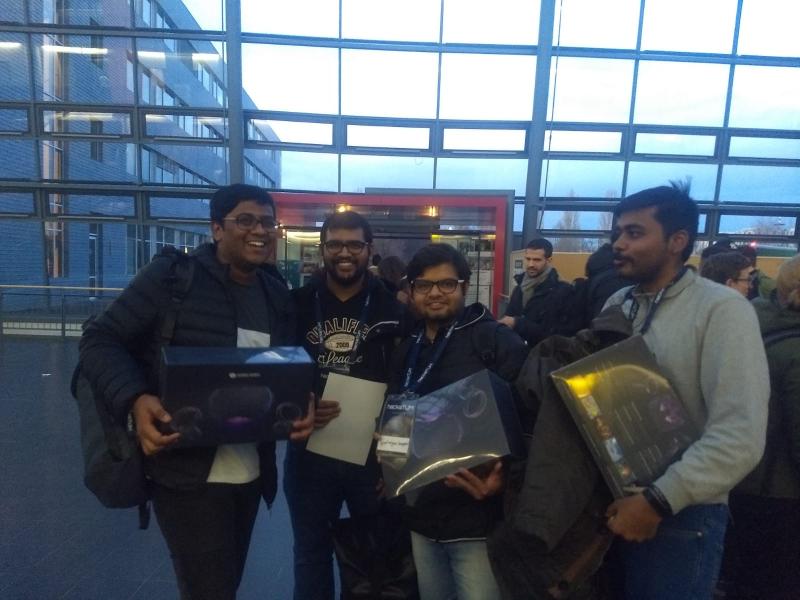Hackatum 2019
The HackaTum is a yearly event organised by The Technical University of Munich in which various challenges are presented by companies and there is also a wild track for ideas non-conforming to tracks. This was my second HackaTum and third hackathon in total. In the first two hackathons me and my team weren’t that successful but we had a great time. But this time it was meant to be different.
Me and my team came together on the first evening and sat down for just one pitch after the main event. We chose to focus on the allianz challenge. The challenge was that given microscopic images try to get financial benefit with the images and reduces cost in any way possible. On speaking with the organizers Allianz Global Corporate and Specialty we understood that the current process was too manual and there was a lot of wastage of data collected.
With all the four people in the team being people who do deep learning an easy thing was to do deep learning. But we couldn’t come up with a business solution for the deep learning problem. So we thought why not try our old friend of basic Image Analysis by just producing a bounding box over the cracked image and roughly approximating the crack length. Another information that was provided to us was that the materials were from ships or airplanes where the fatigue stress is high. So with some domain knowledge that I have with my mechanical engineering degree the idea was to calculate the approximate time of crack initiation and compare it a material property. Then we generate a report in html and send it back to the web app.
For details regarding the project please look at Devpost and Code for further details.
RESULT :
We won the hackathon with first prize. So seems like third time is the charm.
TAKEAWAYS:
Clear planning and splitting of tasks meant each were doing their own work and we just had to integrate. The integration was not that difficult since most of us were python programmers.

